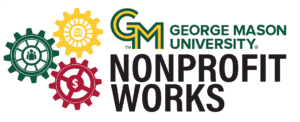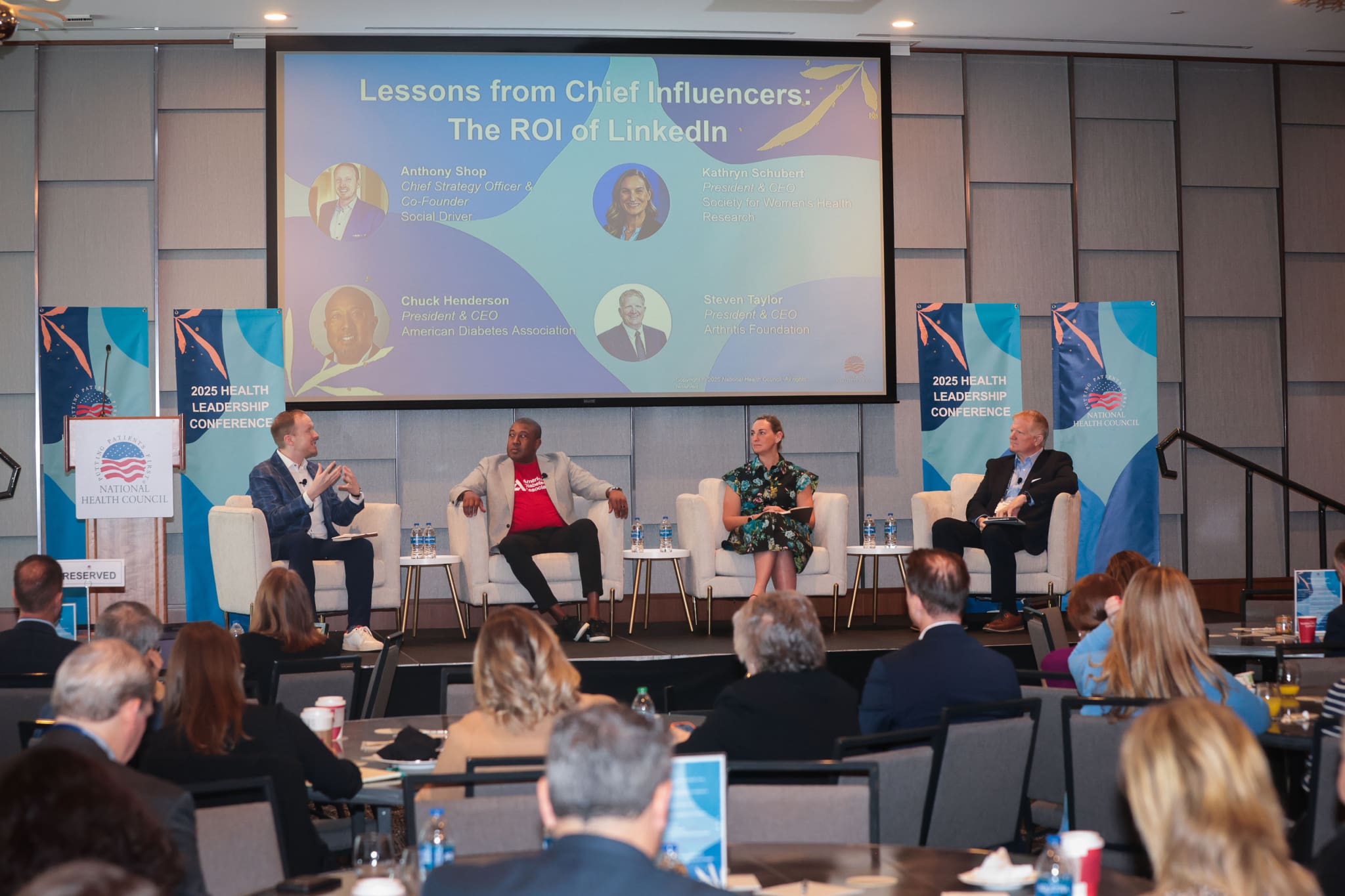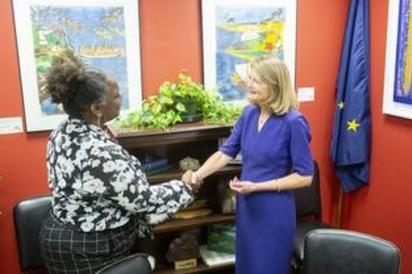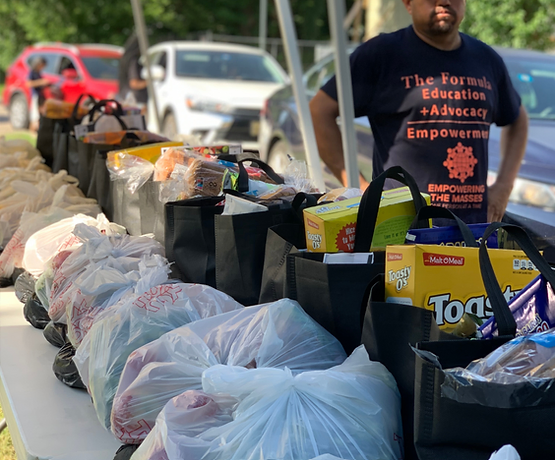In February 2025, Independent Sector member George Mason University Center on Nonprofits, Philanthropy, and Social Enterprise launched a new interactive database that lets you search and download more than 30 years of nonprofit employment, establishment, and wage data.
GMU-Nonprofit Works allows anyone to quickly search and download the latest available data from the U.S. Bureau of Labor Statistics on 501(c)(3) nonprofit employment, establishments, and weekly and annual average wages by field for over 30 years — from 1990 through 2022. It also compares nonprofits to for-profits and government counterparts. With data highly localized by state, county, and city, the database makes it possible to see how nonprofits contribute to the economy of their local service areas.
GMU-Nonprofit Works was developed under GMU’s Nonprofit Employment Data Project, which is directed by Dr. Alan Abramson, a former Independent Sector Visiting Scholar, with support from the Charles Stewart Mott Foundation, an Independent Sector member.
A Critical Need
GMU-Nonprofit Works could not have come at a more crucial time, as social sector organizations face unprecedented challenges to both their funding and their legitimacy. In this context, nonprofits need the tools to appeal to a wide variety of possible champions in government and among the public. For some, that means highlighting the services they provide or the trust they hold. For others, that means cold, hard data on their economic impact, including their role as job creators and wage-payers. Without ready access to such hard data, nonprofit leaders and advocates often find themselves at a disadvantage in countering gross misperceptions about the scale and economic contribution of these organizations, or in alerting leaders to important sector trends, such as staffing and funding shortfalls.
Enter Nonprofit Works
Nonprofits employ nearly 10% of the non-governmental workforce in the U.S., including 89% of all workers providing community, food, housing, and emergency relief services; 66% of all hospital workers; and 35% of all social services workers in the country. These organizations are clearly essential threads in our country’s safety net, without which more people would slip through and more communities nationwide would struggle. But it’s also important to understand how nonprofit employment has changed over time, and how it varies by location. That is the beauty of Nonprofit Works. Through its Data Explorer, anyone can quickly get answers to crucial questions like:
- How many people work for nonprofits in your state, county, or city?
- In what fields are these jobs concentrated, and what does that mean for community services?
- How do nonprofit jobs and average wages compare to those in for-profit companies or government agencies working in the same fields?
- How much have nonprofits contributed to job growth?
- What are the key trends in nonprofit employment or wages over time?
Putting the Data to Use
Less than a week after the launch of Nonprofit Works, Independent Sector partnered in convening Foundations on the Hill 2025, hosted and presented by United Philanthropy Forum and the Council on Foundations. This event brought together over 350 sector advocates to engage with legislators and policymakers on the importance of supporting the philanthropic sector through education, advocacy, and relationship building. One of those advocates was Rusty Stahl, founder, president, and CEO of Fund the People.
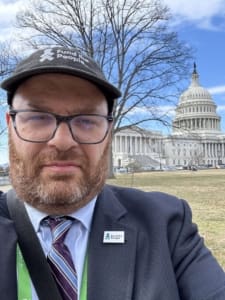
As a seasoned advocate for the nonprofit workforce, Rusty was well aware of the top-line numbers. He knew that, taken together, nonprofits employ the third largest private workforce and generate the third largest payroll in the U.S. — behind only retail trade and accommodation and food services. However, he also knew that he would be meeting with congressional staff, and that data on how nonprofits contribute directly to their districts would be key to conveying the importance of the sector for their constituents and their local economies. Rusty turned to Nonprofit Works to find county-level employment and wage data corresponding with each congressmember’s district, allowing him to proactively educate staffers and their bosses on the importance of the nonprofit workforce with “data and dollar signs.”
Following Foundations on the Hill, Rusty shared why he turned to the data in Nonprofit Works to support his advocacy efforts: “Too many policymakers, journalists, scholars, funders, voters, job seekers, and even nonprofit leaders themselves don’t realize how vast the nonprofit workforce is, and how much value our nonprofit workforce offers to our economy, democracy, and communities. As such, George Mason’s Nonprofit Works database is a gift. It gives us easy access to government data on the number of nonprofit jobs, and the amount of money paid to employees, over decades at the county, state, and national levels. And it allows us to compare nonprofit jobs to government and for-profit employment.”
It is our hope that GMU-Nonprofit Works will empower other nonprofit leaders, advocates, and researchers in making a case for support to nonprofits and identifying and addressing challenges to the sector as a whole. Please reach out with questions, comments, suggestions, use cases, or any other feedback you may have as you explore the site.
Chelsea Newhouse is a consultant on the George Mason Nonprofit Employment Data Project.


